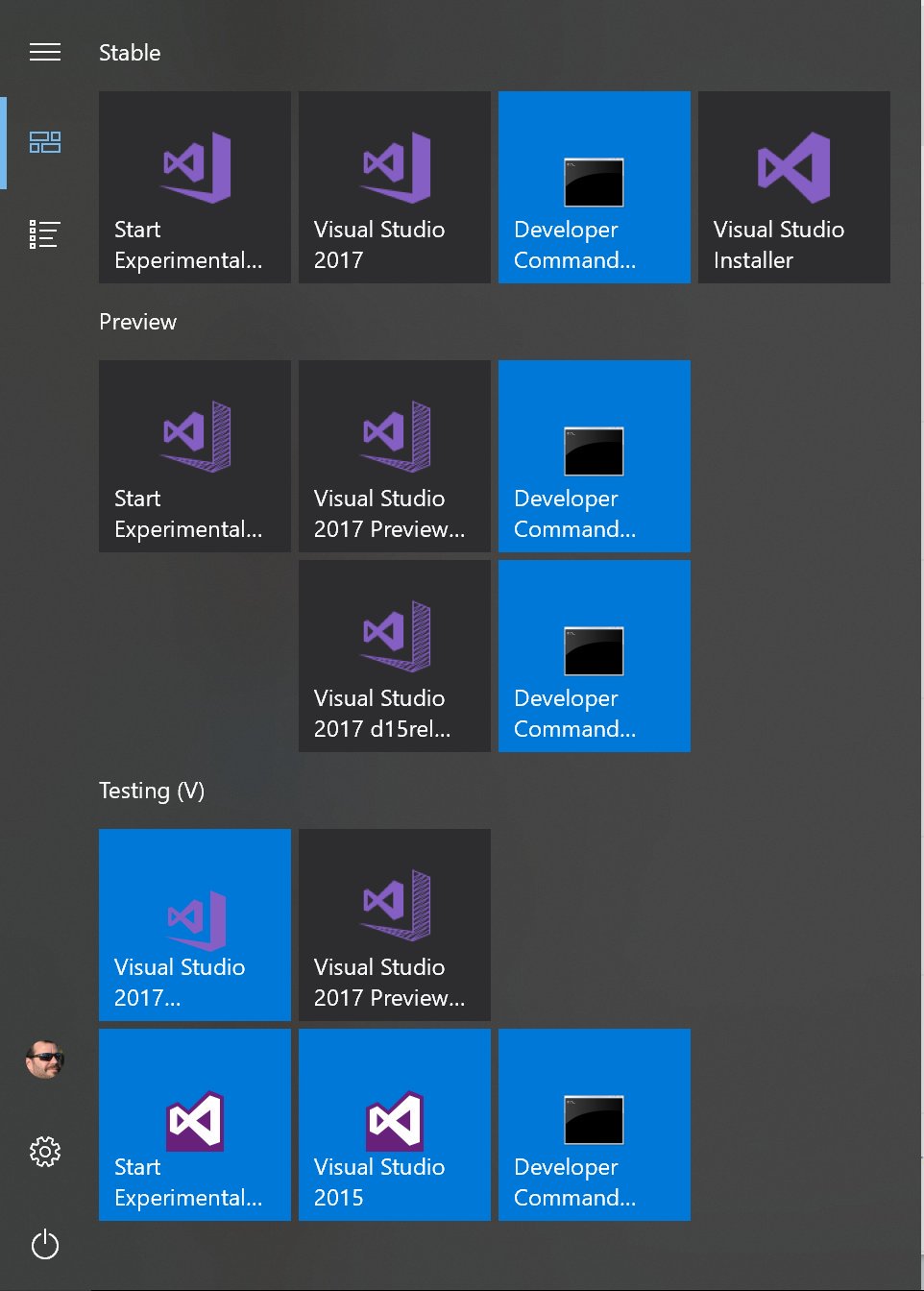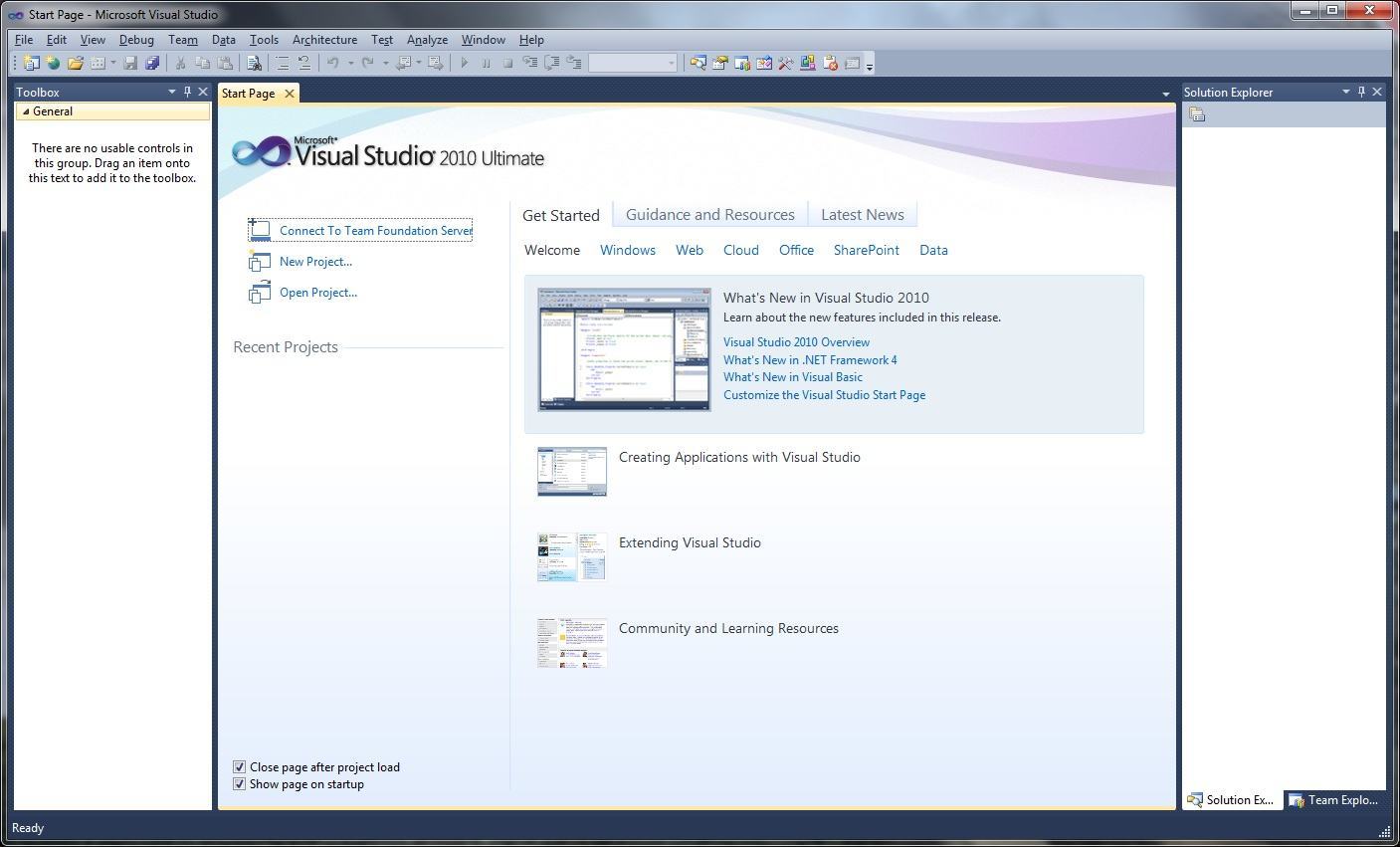

These libraries (along with many more) constitute one of the main reasons Visual C++ is so popular within certain industries: when creating Windows-only applications, using Visual C++ libraries is not only more convenient but also makes development teams more productive.
#Visual studio versions windows#
You can use the DirectX library‘s API to create games for the Universal Windows Platform. The HTTP Services library can be used server-side in Windows applications to handle receiving and processing HTTP requests at scale. The Windows Internet library provides a C++ API for the HTTP and FTP protocols. The HTTP Client class serves as a convenient and simple way to make HTTP requests in Windows applications and receive and parse HTTP responses. The MFC library provides an object-oriented wrapper that will help you quickly create a desktop Windows application and make it easier to create ActiveX controls. The Concurrency runtime also features a set of parallel containers and objects that can be safely accessed from multiple application threads in parallel.

Within the runtime you’ll find functions and classes for things like task parallelism that integrate natively with the Windows thread pool, and parallel algorithms that work well with large data volumes in highly parallel applications. The Concurrency runtime contains functions that you can use to create robust, error-free and performant parallel applications. The Visual C++ building blocks that follow can be useful and, indeed, more efficient than plain C++ if you are creating desktop or server applications for Windows or UWP. What functionality is available in the Visual C++ libraries?
#Visual studio versions portable#
Keep in mind that Visual C++ only works on Windows platforms (including UWP), so if you’d like to write code that is portable across operating systems, you should instead consider using regular C++ with cross-platform libraries. But with Visual C++, you already have many reusable components available to you, for everything from building interfaces to parsing JSON configs, and that speeds up overall development-as if your LEGO creation already had a spacecraft cabin and a set of engines pre-built and ready to go. Doing that in plain C++ would mean creating all the functionality from scratch, like building the Starship Enterprise using only basic LEGO building blocks. When writing, say, a Windows desktop application, you usually need to create an interface for your app and to model several user interactions. Using Visual C++ is like having many pre-built sets of LEGOs. It also allows you to focus on the aspects you enjoy, for example, on the aesthetic of the finished LEGO masterpiece. Reusing pre-built elements is faster than building from scratch, and that means you can prototype quickly and see what works and what doesn’t. If you are a fan of LEGO, you likely enjoy the act of quickly building something new using parts from different LEGO sets. A powerful code editor, Visual Studio provides many useful functions for navigating large codebases within Visual Studio, Visual C++itself consists of a C++ compiler and a set of C++ libraries and tools. Microsoft Visual C++ is available as part of Visual Studio, Microsoft’s integrated development environment (IDE). Instead, it’s a set of libraries and development tools for C++, tools that will help you create Windows desktop and server applications, Universal Windows Platform (UWP) projects for desktop, mobile and HoloLens, and. Visual C++ isn’t actually a separate language in itself. You might already know that C++ is an object-oriented programming language. Scroll to the bottom for a list of resources that will help you learn even more about Visual C++ development. We’ll explain the difference between C++ and Visual C++, cover which versions of Visual C++ are currently supported (and which one you should pick for a new project) and talk about what the Visual C++ Redistributable actually is. Looking to learn what Microsoft Visual C++ is and why organizations use it? Then this article is for you.


 0 kommentar(er)
0 kommentar(er)
